Ship to: 43215 Update

- Plants
- Evergreen & Privacy
- Privacy Trees
- Willow Trees
Plants Filter
Current Filters
Mature Height
Sunlight
Plant Type
Willow Trees
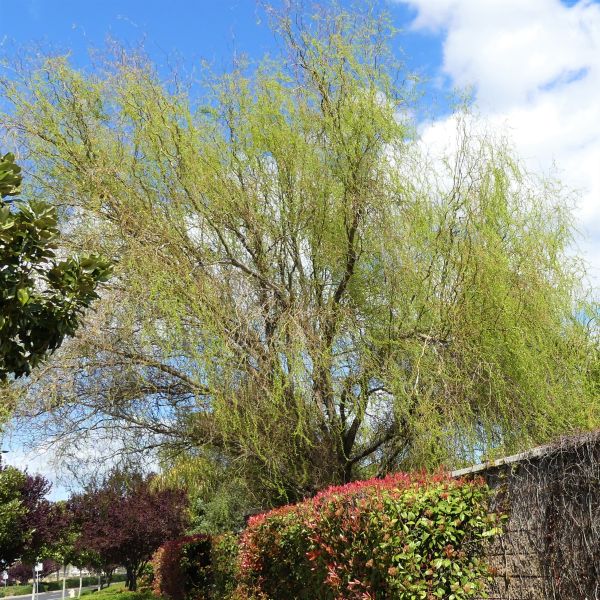
Corkscrew Willow
Starting at $128
30% Off
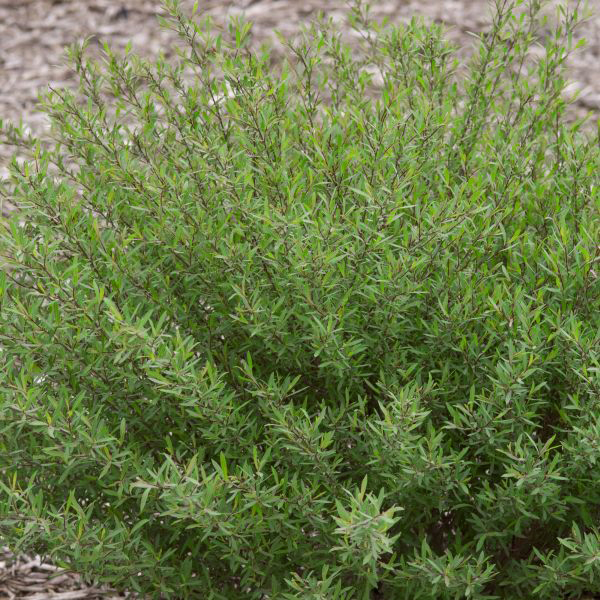
Dwarf Blue Leaf Arctic Willow
Starting at $74
30% Off
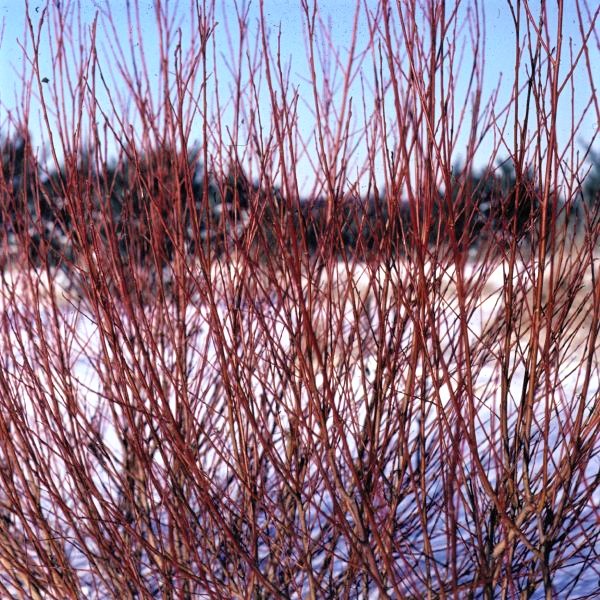
Flame Willow Tree
Starting at $128
30% Off
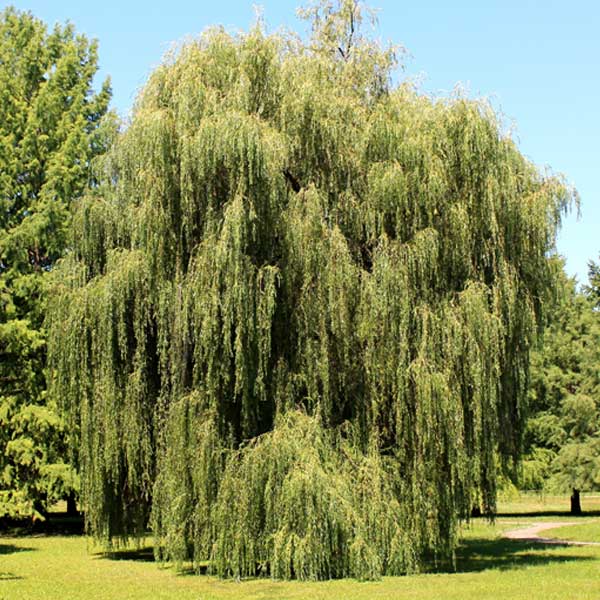
Weeping Willow Tree
Starting at $90
30% Off
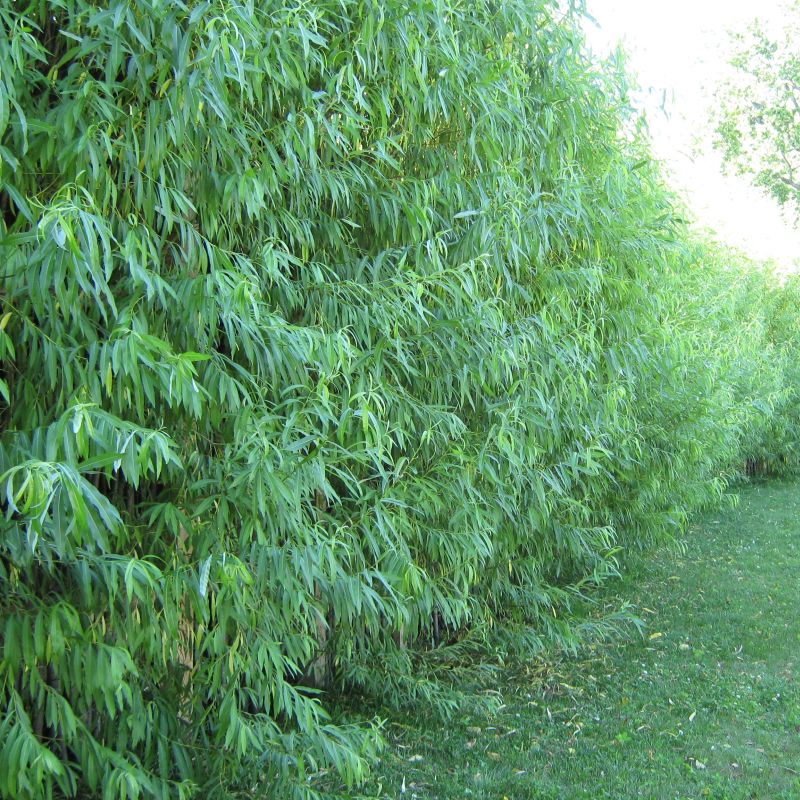
Willow Hybrid
Starting at $121
30% Off
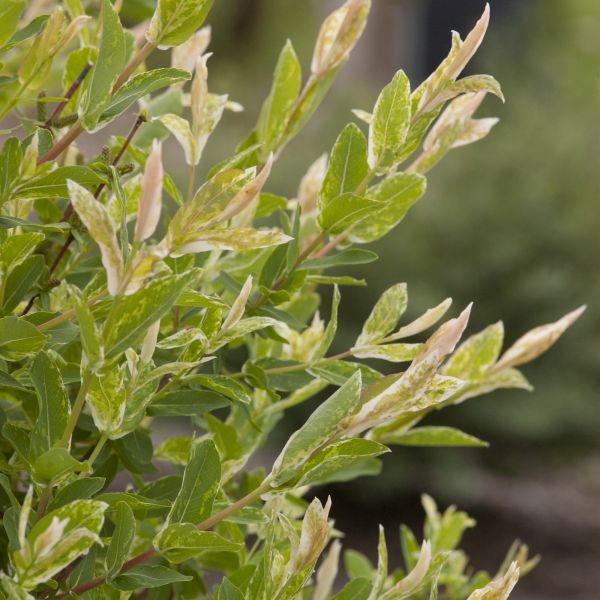
Willow Tree Hakuro Nishiki
Starting at $101
30% Off
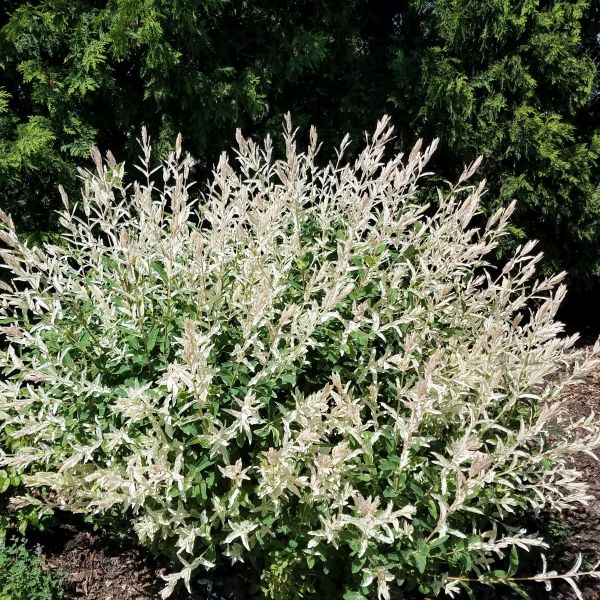
Dappled Willow
Out of Stock
30% Off

Dappled Willow Tree Form
Out of Stock
30% Off
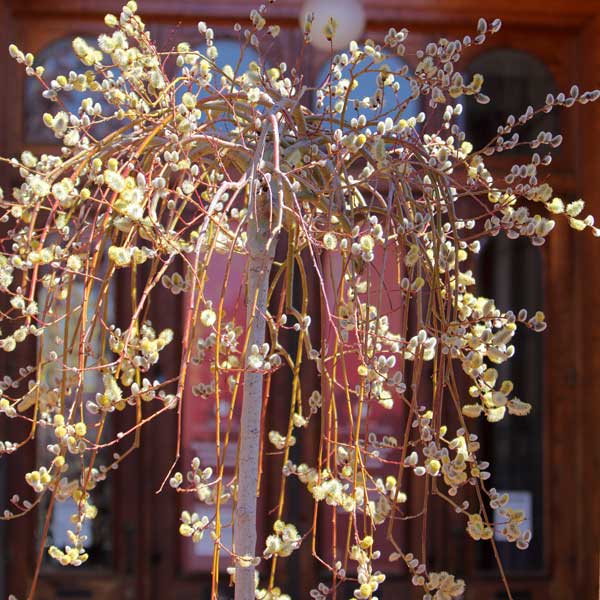
Weeping French Pussy Willow
Out of Stock
30% Off

Willow Tree 'Hakuro Nishiki'
Out of Stock
30% Off
Willow Trees
Willow trees are a group of deciduous trees and shrubs belonging to the Salix genus in the Salicaceae family. These trees are primarily found in temperate and cold regions of the Northern Hemisphere, with some species also growing in the Southern Hemisphere. Willow trees are known for their graceful appearance, slender branches, and narrow, elongated leaves that are often pointed at the tip. The leaves of willow trees have a serrated edge and are usually green on both sides. Some species of willow trees produce catkins, which are long, cylindrical flower clusters that release pollen into the air.
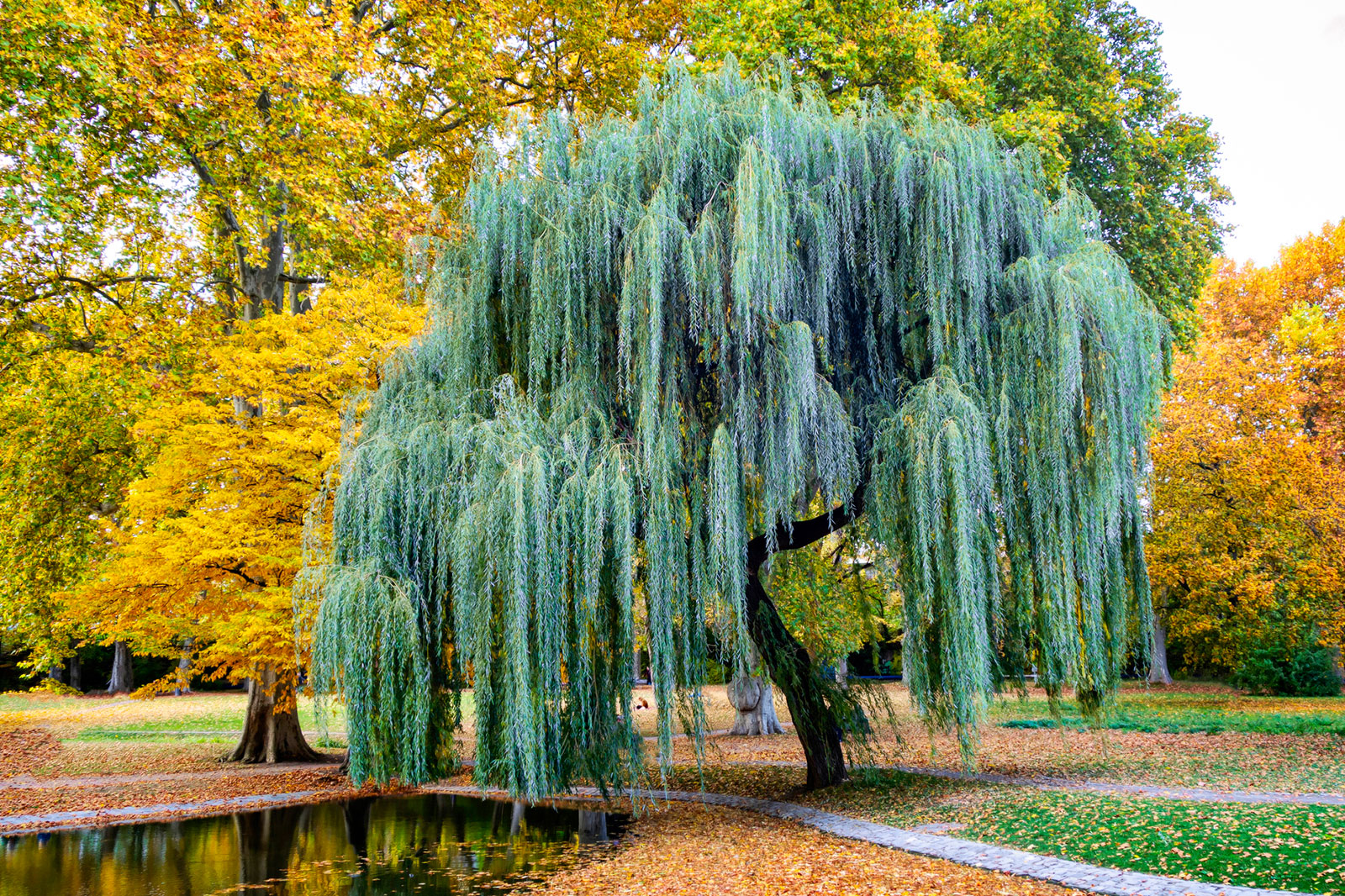
Common Types: There are numerous species and hybrids of willow trees, with some common ones including:
- Salix babylonica (Weeping Willow): A famous weeping willow with long, drooping branches that sweep the ground.
- Salix alba (White Willow): Native to Europe and western Asia, known for its silvery-white leaves and used for medicinal purposes.
- Salix nigra (Black Willow): Found in eastern North America, known for its dark, ridged bark and narrow leaves.
- Salix caprea (Goat Willow or Pussy Willow): A smaller willow with fuzzy, catkin-like flowers in early spring.
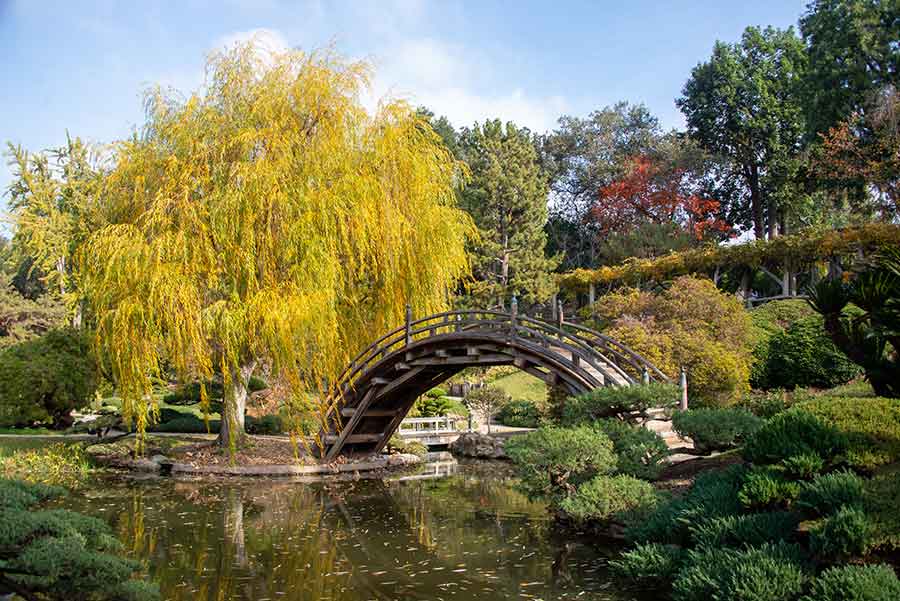
Care Tips:
- Sunlight: Willow trees prefer full sun to partial shade. They require adequate sunlight for healthy growth and development.
- Soil: Willow trees prefer moist, well-draining soil and are often found near water sources, such as rivers and lakes.
- Watering: Willow trees have a high water requirement, especially when young. Ensure the soil remains consistently moist.
- Pruning: Prune willow trees as needed to remove dead or diseased branches and to maintain their shape. Some species, like the weeping willow, may require more regular pruning to control their long branches.
- Propagation: Willows are often propagated through cuttings, which can root easily in moist soil.
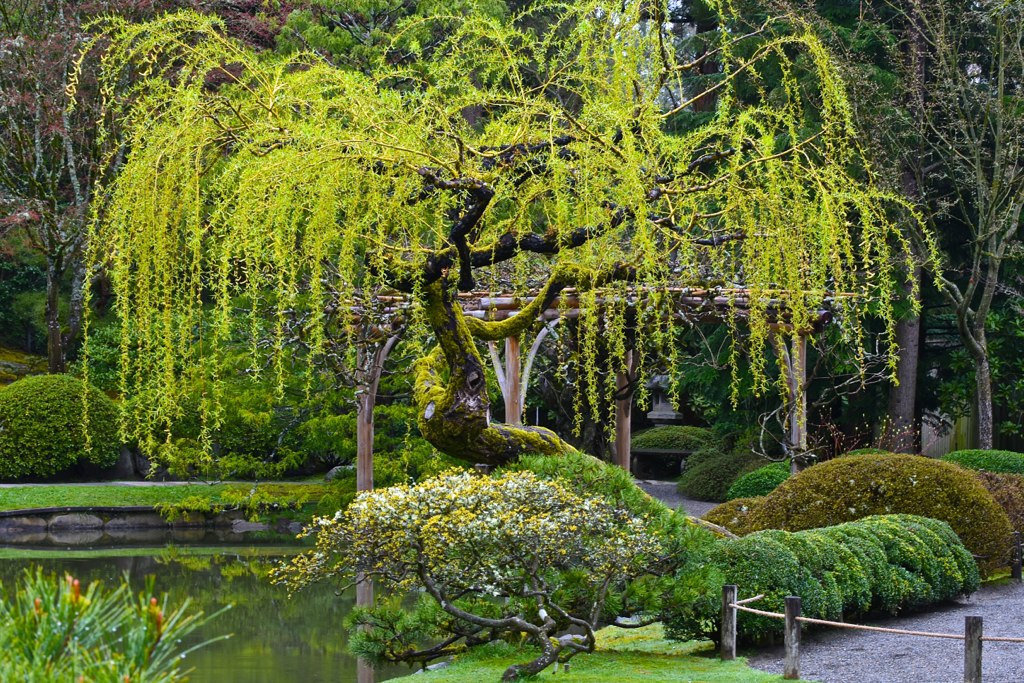
Uses:
- Ornamental Trees: Many willow species, especially the weeping willow, are planted as ornamental trees in parks, gardens, and along water bodies due to their elegant appearance.
- Erosion Control: Willow trees are commonly used for erosion control along riverbanks and shorelines due to their strong root systems.
- Basketry and Crafts: Willow branches are flexible and have been traditionally used in basketry and crafts.
- Medicinal Uses: Some willow species, like the white willow, have been used in traditional medicine for their potential anti-inflammatory properties. Aspirin is derived from compounds found in willow bark.
Willow trees have long been admired for their beauty, adaptability, and ecological significance. They are often associated with water and have been featured in art, literature, and folklore throughout history. Whether grown for their ornamental value, used for erosion control, or appreciated for their cultural and medicinal significance, willow trees continue to be cherished by nature enthusiasts, artists, and those seeking to enhance their landscapes with a touch of natural elegance.
Item has been added to your cart.

